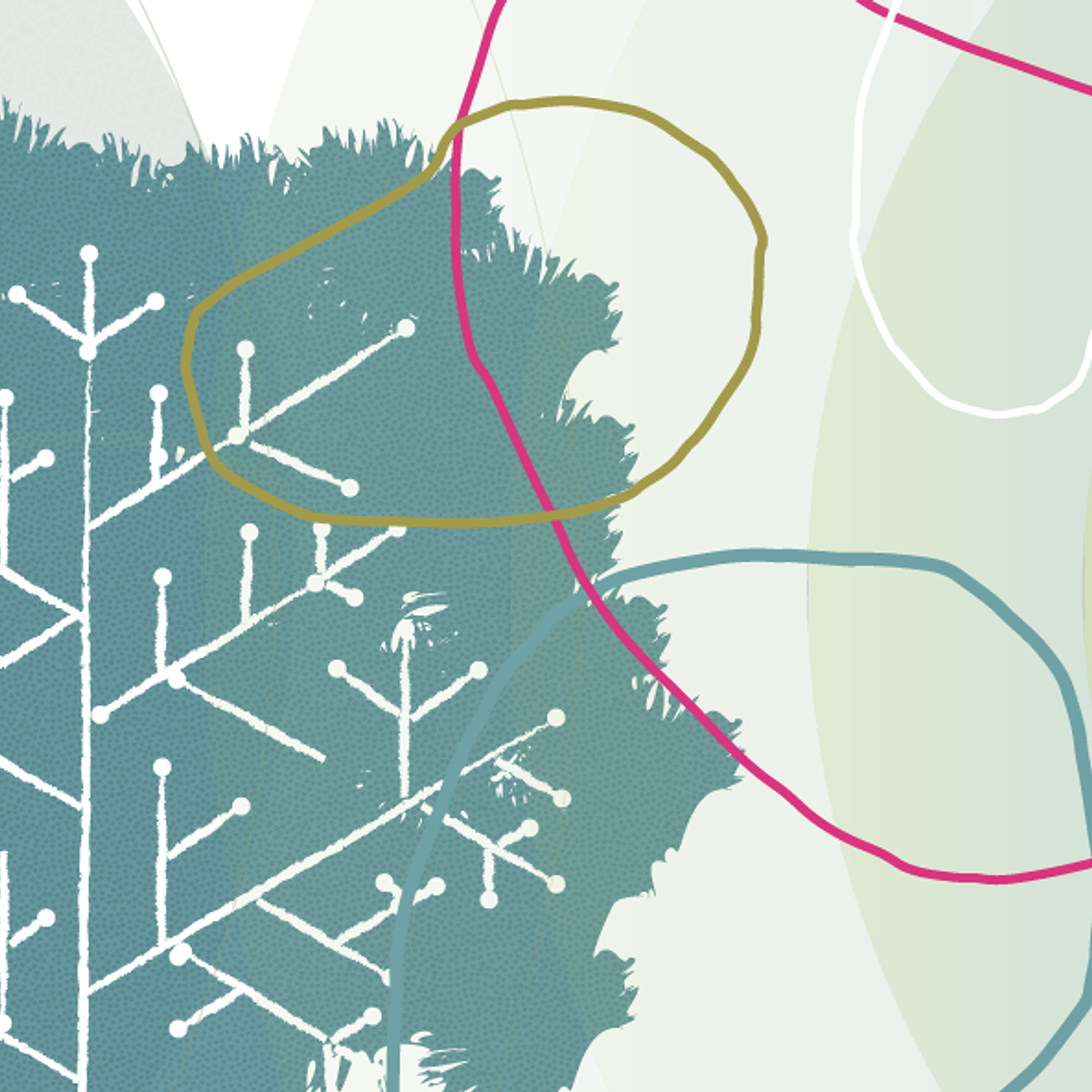Related work
Climate Democracy Model
Climate Programme
Feedback and suggestions
This Glossary is designed to evolve, and we warmly welcome peer and community contributions. Feel free to email suggestions to Nadja Nickel, Climate Programme Director: nadja@demsoc.eu.
References
Allen, Jessica. “Net-Zero, Carbon-Neutral, Carbon-Negative ... Confused by All the Carbon Jargon? Then Read This.” The Conversation, January 12, 2021. http://theconversation.com/net-zero-carbon-neutral-carbon-negative-confused-by-all-the-carbon-jargon-then-read-this-151382.
Annala, M., Leppänen, J., Mertsola, S. and Sabel, C. F., “Humble Government: How to Realize Ambitious Reforms Prudently.”
Bahadur, Aditya, and Thomas Tanner. “Transformational Resilience Thinking: Putting People, Power and Politics at the Heart of Urban Climate Resilience.” Environment and Urbanization 26, no. 1 (April 2014): 200–214. https://doi.org/10.1177/0956247814522154.
Beatley, T, and M Bekoff. “City Planning and Animals: Expanding Our Urban Compassion Footprint.” In Ethics, Design and Planning of the Built Environment, edited by C Basta and S Moroni, Vol. 12. Urban and Landscape Perspectives. Dordrecht: Springer, n.d.
Bernstein, Steven, and Matthew Hoffmann. “Climate Politics, Metaphors and the Fractal Carbon Trap.” Nature Climate Change 9 (2019): 919–25.
Blomkamp, Emma. “Sharing the Principles of Co-Design.” July 30, 2018. https://emmablomkamp.medium.com/sharing-the-principles-of-co-design-4a976bb55c48.
Bridge, G, and T Perreault. “Environmental Governance.” In A Companion to Environmental Geography, edited by N Castree, 475–97. London: Wiley-Blackwell, 2009.
Bullard, Robert D., ed. “Unequal Protection: Environmental Justice and Communities of Color.” Bulletin of Science, Technology & Society 15, no. 4 (August 1995): 203–203. https://doi.org/10.1177/027046769501500454.
Chilvers, Jason, and Matthew Kearnes. “Preface.” In Remaking Participation: Science, Environment and Emergent Publics, edited by Jason Chilvers and Matthew Kearnes. London and New York: Routledge, n.d.
Chilvers, Jason, and Matthew Kearnes, eds. Remaking Participation: Science, Environment and Emerging Publics. London and New York: Routledge, 2016.
CIVICUS. “Who We Are.” CIVICUS Global Alliance, 2020. https://www.civicus.org/index.php/who-we-are/about-civicus.
Della Porta, Donatella, and Mario Diani, eds. The Oxford Handbook of Social Movements. Oxford University Press, 2015. https://doi.org/10.1093/oxfordhb/9780199678402.001.0001.
“Design Justice Network Principles,” 2018. https://designjustice.org/read-the-principles.
Ebrahimi, Ghazal. “Climate Resilience and Deep Retrofits.” A Reframed Tech Series Primer. Pembina Institute, June 9, 2020. https://www.pembina.org/pub/climate-resilient-retrofits.
Elstub, Stephen, and Oliver Escobar. “Defining and Typologising Democratic Innovations.” In Handbook of Democratic Innovation and Governance. Cheltenham and Northampton: Edward Elgar, 2019.
Faivre, N, M Fritz, T Freitas, B de Boissezon, and S Vandewoestijne. “Nature-Based Solutions in the EU: Innovating with Nature to Address Social, Economic and Environmental Challenges.” Environmental Research 157 (n.d.): 509–18.
Ganuza, Ernesto, and Gianpaolo Baiocchi. “The Long Journey of Participatory Budgeting.” In Handbook of Democratic Innovation and Governance. Cheltenham and Northampton: Edward Elgar, 2019.
Harris, Clodagh. “Mini-Publics: Design Choices and Legitimacy.” In Handbook of Democratic Innovation and Governance, edited by Stephen Elstub and Oliver Escobar, 45–59. Cheltenham and Northampton: Edward Elgar, 2019.
International Labour Organization (ILO). “Decent Work.” Accessed July 21, 2021. https://www.ilo.org/global/topics/decent-work/lang--en/index.htm.
International Labour Organization. “Guidelines for a Just Transition towards Environmentally Sustainable Economies and Societies for All.” Geneva: International Labour Organization, 2015. https://www.ilo.org/wcmsp5/groups/public/---ed_emp/---emp_ent/documents/publication/wcms_432859.pdf.
Jungk, Robert. Future Workshops: How to Create Desirable Futures. London: Institute for Social Inventions, n.d.
Kasriel, Emily. “Deep Listening.” Stanford Social Innovation Review, no. Winter 2022 (n.d.). Accessed November 25, 2021.
Lee, Panthea. “Co-Creating with Civil Society: A Glimpse into the Process.” February 6, 2015. https://reboot.org/2015/02/06/co-creating-civil-society-glimpse-process/.
Lee, Panthea, and Alyssa Kropp. “Designing Collaborations for Urgent, Courageous Change.” June 4, 2020. https://www.youtube.com/watch?v=n0bM2sawHp8.
Levin, Kelly, Benjamin Cashore, Steven Bernstein, and Graeme Auld. “Overcoming the Tragedy of Super Wicked Problems: Constraining Our Future Selves to Ameliorate Global Climate Change.” Policy Sciences 45, no. 2 (June 1, 2012): 123–52. https://doi.org/10.1007/s11077-012-9151-0.
McKercher, Kelly Ann. “What Is Co-Design?” Accessed July 21, 2021. https://www.beyondstickynotes.com/what-is-codesign;
Meadows, Donella. “Dancing with Systems.” Accessed July 21, 2021. https://donellameadows.org/archives/dancing-with-systems/.
Meadows, Donella. Thinking in Systems. Chelsea Green Publishing, 2008. https://www.chelseagreen.com/product/thinking-in-systems/.
Mertsola, Silvia. “Review: Addressing the Most Complex Problems of the 21st Century Demands a Humble Approach to Policy-Making,” November 13, 2020. https://tietokayttoon.fi/en/-/review-addressing-the-most-complex-problems-of-the-21st-century-demands-a-humble-approach-to-policy-making.
Mouffe, Chantel. “Deliberative Democracy or Agonistic Pluralism?” Social Research 66, no. 3 (1999): 745–58.
National Geographic Society. “Citizen Science.” Resource Library, Encyclopedic Entry. National Geographic Society, May 16, 2012. http://www.nationalgeographic.org/encyclopedia/citizen-science/.
Nevens, F, N Frantzeskaki, L Gorissen, and D Loorbach. “Transition Labs: Co-Creating Transformative Action for Sustainable Cities.” Journal of Cleaner Production 50 (2013): 111–22.
Rittel, H.W.J., and M.M. Webber. “Dilemmas in a General Theory of Planning.” Policy Sciences 4 (1973): 155–69.
Roberts, David. “Energy Democracy: Three Ways to Bring Solar to the Masses.” Grist, September 13, 2012. https://grist.org/climate-energy/energy-democracy-three-ways-to-bring-solar-to-the-masses/.
Sediri, Samia, Michel Trommetter, Nathalie Frascaria-Lacoste, and Juan Fernandez-Manjarrés. “Transformability as a Wicked Problem: A Cautionary Tale?” Sustainability 12, no. 15 (January 2020): 5895. https://doi.org/10.3390/su12155895.
Smith, Samantha. “Just Transition: A Report for the OECD.” Just Transition Centre, May 2017. https://www.oecd.org/environment/cc/g20-climate/collapsecontents/Just-Transition-Centre-report-just-transition.pdf.
United Nations Department of Economic and Social Affairs. “Goal 13.” United Nations Sustainable Development. Accessed July 20, 2021. https://sdgs.un.org/goals/goal13.
VanDyck, Charles Kojo. “Concept and Definition of Civil Society Sustainability.” Human Rights Initiative. Washington D.C.: Center for Strategic and International Studies, June 30, 2017. https://www.csis.org/analysis/concept-and-definition-civil-society-sustainability.
Wolvin, Andrew D. “Listening for Democracy by Andrew Dobson: Oxford: Oxford University Press, 2014.” International Journal of Listening 29, no. 1 (January 2, 2015): 65–66. https://doi.org/10.1080/10904018.2014.980491.
Yoder, Kate. “Want People to Care about Climate Change? Skip the Jargon.” Grist, February 26, 2020. https://grist.org/climate/want-people-to-care-about-climate-change-skip-the-jargon/.
